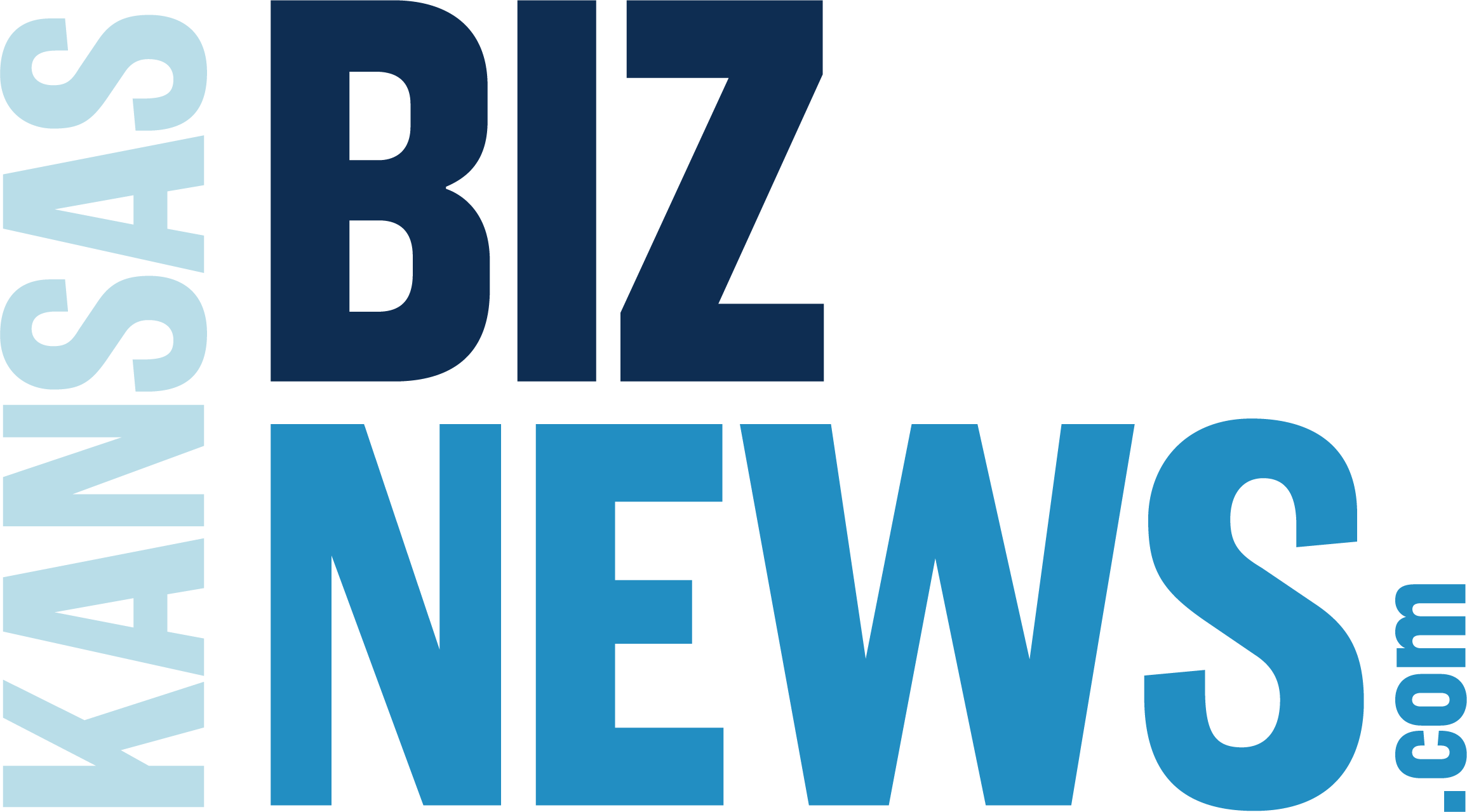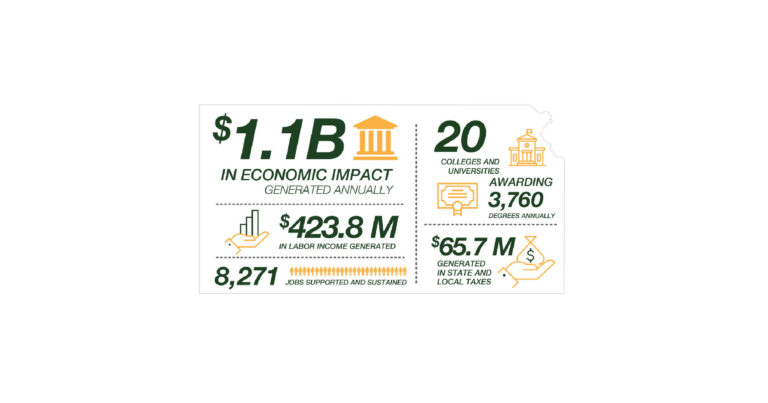by Elizabeth Walters
With an enrollment of 24,000 students, the Kansas Independent College Association (KICA)’s recent report shows its member institutions annually bring about $1.1 billion to the Kansas economy. The association is composed of 20 independent colleges and universities throughout the state.
After commissioning Pennsylvania-based consulting firm Parker Phillips, KICA began an eight-month long data collecting phase to determine the input and output values the schools contribute to the local economy.
“When we went to Parker Phillips to do this we said, ‘be extremely conservative in your estimates and your analysis,’” KICA President Matt Lindsey noted. “We wanted to almost ask the question, ‘What if non-profit colleges cease to exist in Kansas? What would be lost?,’”
Lindsey said KICA was adamant about using preexisting data in the study in an effort to avoid bias.
“The majority of the data that is in here comes from the Form 990 and audit data fees individual schools have to have to provide the IRS or to their auditors,” Lindsey said. “It is not just data we create, it is based on data they have to provide as non-profit entities combined with data that we must report to United States Department of Education.”
Nichole Parker, cofounder and president of Parker Phillips, was the lead analyst during the study. Parker said that using IMPLAN software, the study considered KICA’s operational spending, three-year average capital spending, payroll and benefits paid to employees, student spending and visitor spending.
“Oftentimes, when we’re doing this kind of work, we have to look for secondary sources to fill in the data gaps,” Parker said. “That was not the case with this study; they [KICA] have one of the nicest and most up to date databases that I’ve ever worked with, especially because they are an association.”
Out of the $1.1 billion generated by KICA, $660.9 million accounted for direct spending, whereas $432.5 million made up indirect and induced quantities.
“Direct [spending] is what we paid the faculty member, but the indirect is the next order of impact to the community,” Lindsey said.
As for comparisons, there is not a peer organization to KICA within the state. However, they do strike a serious competition against other institutions.
As for the education sector, KICA supports 8,271 jobs compared to University of Kansas’ 6,500 and Wichita State University’s 6,142.
Sharing an out-of-state perspective, Parker said she was impressed with the KICA.
“We have all of these places that attracted different kinds of students, you know, they all have different missions,” Parker said. “But they’re all working together for Kansas, and that was that was most impressive to me.”



